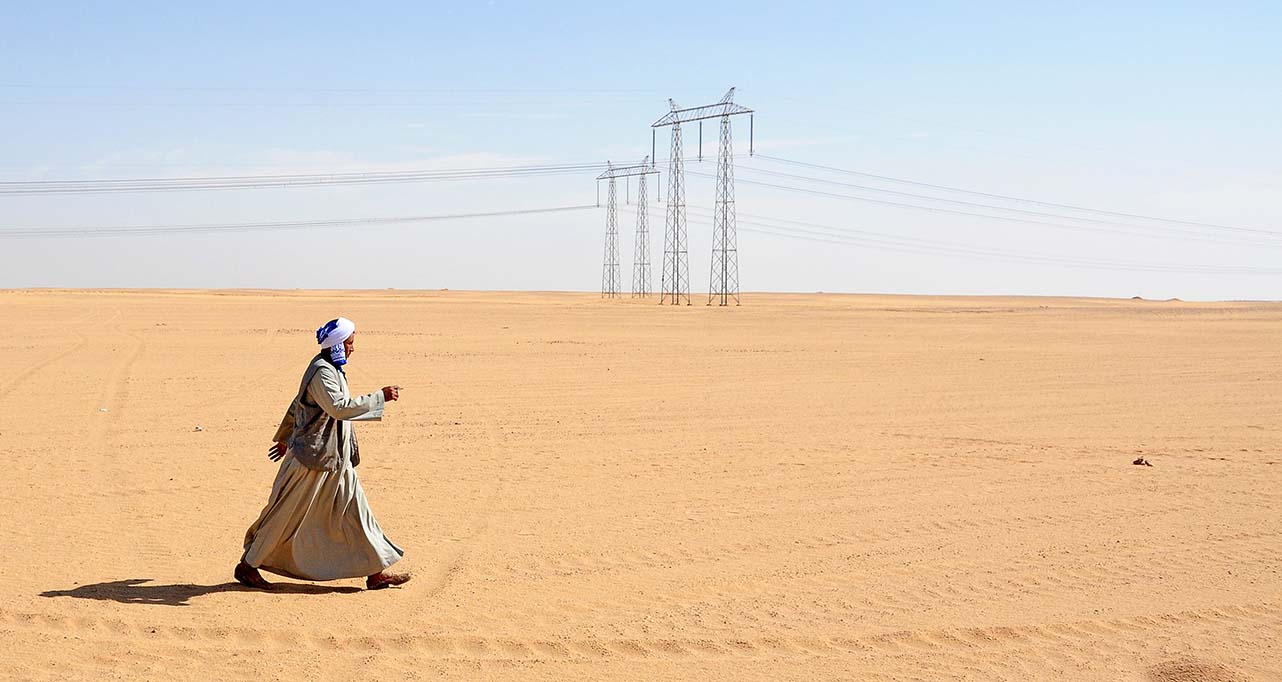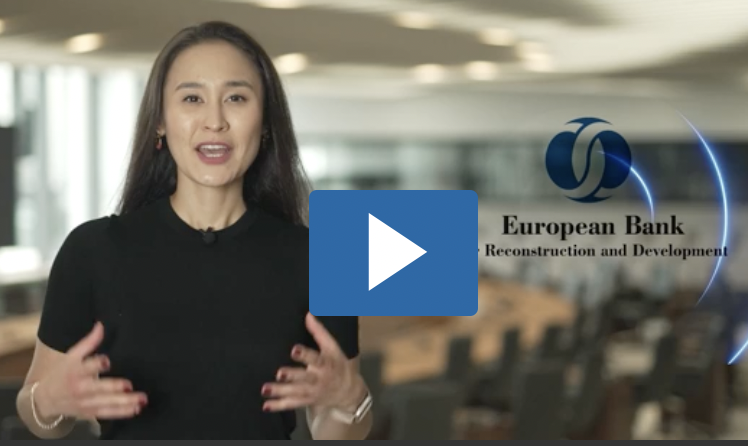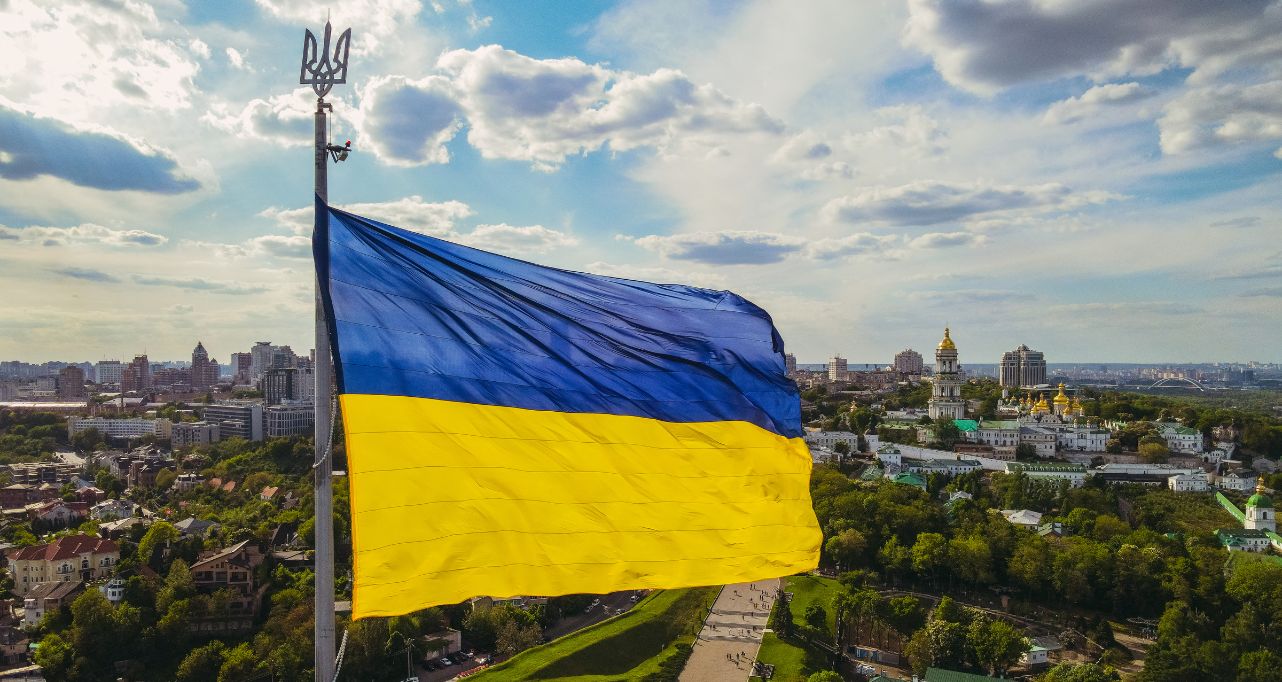- EBRD brings strong support for Kyiv to Rome Ukraine Recovery Conference
- EBRD, EIB to administer a reconstruction project preparation facility, Ukraine FIRST
- Bank focusses on energy, municipal and financial sectors and human capital
The European Bank for Reconstruction and Development (EBRD), Ukraine’s largest institutional investor, goes to the Ukraine Recovery Conference (URC) in Rome this week with a strong package of projects, policy and partnerships to support the country and its reconstruction.
With Russia’s war against the country now in its fourth year, recent expectations of a ceasefire have faded amidst escalating air attacks on its cities and civilian infrastructure. The longer the war lasts, the higher the costs of reconstruction – already estimated at US$ 524 billion (€446 billion) – will be.
The EBRD, which has deployed €7.2 billion in Ukraine in wartime, has pledged unwavering support.
“This has not been an easy year for Ukraine. Only a few months ago we had been hoping that this would be the reconstruction conference held at the end of the war, but we are not there yet,” said EBRD President Odile Renaud-Basso.
She added: “However, we come to Rome having enormously advanced our projects and joint initiatives with partners. Every investment we make now, from energy to logistics to human capital, reduces the cost and complexity of future reconstruction. Our approach is to invest in resilience, not just recovery.”
Ukraine and its international partners are set to launch a major reconstruction coordination framework at the URC on 10–11 July. This initiative will support collaboration on large-scale post-war infrastructure projects.
As part of this effort, the EBRD will announce its role in managing the Ukraine FIRST Cooperation Fund - a project preparation facility designed to streamline the planning, financing, and implementation of these projects. The European Investment Bank will administer a parallel fund under the same umbrella.
This framework builds on ongoing work with the Ukrainian authorities to establish a single pipeline for reconstruction projects. It aims to clarify priority investments, identify funding sources, and allocate implementation responsibilities across key stakeholders - donors, IFIs, government agencies, ministries, and major state-owned enterprises.
Another priority for the EBRD in Ukraine is strengthening energy security. Russian attacks have severely damaged most of the country’s thermal power plants and around 30 per cent of its hydroelectric capacity—disrupting nearly two-thirds of Ukraine’s total power generation.
In response, the EBRD will sign new energy projects at the URC focused on distributed generation and renewables. Together with the EU and other donors, it will also announce plans to derisk renewable energy investments to attract more private capital.
Nearly a third of the finance the Bank has deployed in Ukraine in wartime, €2.4 billion, has been in the energy sector. This includes support for the state-owned electricity transmission and gas companies, financing for hydropower and small-scale distributed generation and, increasingly, for renewable energy. These projects help plug to close the gap left by destroyed infrastructure and lay the foundation for a cleaner, more resilient energy system.
The Bank will also sign loan, pre-finance, grant or guarantee agreements with several Ukrainian cities, continuing strong support for municipal investments, which help to improve people’s livelihoods.
In the financial sector, the EBRD will share partner banks’ risk on some of their lending, allowing them to provide up to €900 million of new sub-loans to companies in critical industries such as agribusiness, manufacturing, pharmaceuticals, transport and logistics, as well as to residential borrowers looking to implement energy security projects.
This will include the largest portfolio risk-sharing facility implemented in Ukraine to date, allowing record outreach to companies and strengthening the resilience of Ukraine’s private sector.
The Bank also supports the development of equity funds and capital markets, to help mobilise the foreign investment needed for reconstruction, in line with the recommendations from the latest review of the International Monetary Fund.
To advance capital markets, the EBRD will sign a Memorandum of Understanding with the National Bank of Ukraine, the Finance Ministry, and the Stock Market Commission supporting the creation of a more effective, vertically integrated stock exchange and post-trade clearing services.
At the URC, the EBRD will make an equity investment in an early-stage tech fund, alongside the International Finance Corporation (IFC). This is part of a broader pipeline of fund opportunities, worth around €100 million, targeting a total capital raise of around €600 across infrastructure, private equity and venture capital sectors.
Human capital will be another key theme in Rome. With millions of Ukrainians displaced and many others serving in the military, efforts are underway to strengthen the workforce through skills training for underrepresented groups, support for veterans, and initiatives to help workers manage wartime stress. The EBRD is actively supporting its clients on this front, with nearly 90 per cent of its projects including a human capital recovery component.
Together with the Ministry of Economy, the EBRD has developed a Human Capital Resilience Charter, which will be launched at the conference in a high-level attended by Deputy Prime Minister Yuliia Svyrydenko and President Renaud-Basso.
Rare earths and strategic metals will also be in focus, following the recent economic partnership agreement between the United States and Ukraine. With surging demand for graphite, a strategic material used in batteries and defence, the EBRD will signal its interest in supporting the development of a natural graphite deposit in Ukraine, listed as strategic by the European Commission.
To help build the market for critical raw materials, the EBRD will also launch the second stage of its project to digitise Ukraine’s paper-based geological data archive to make information about mineral deposits more accessible.




